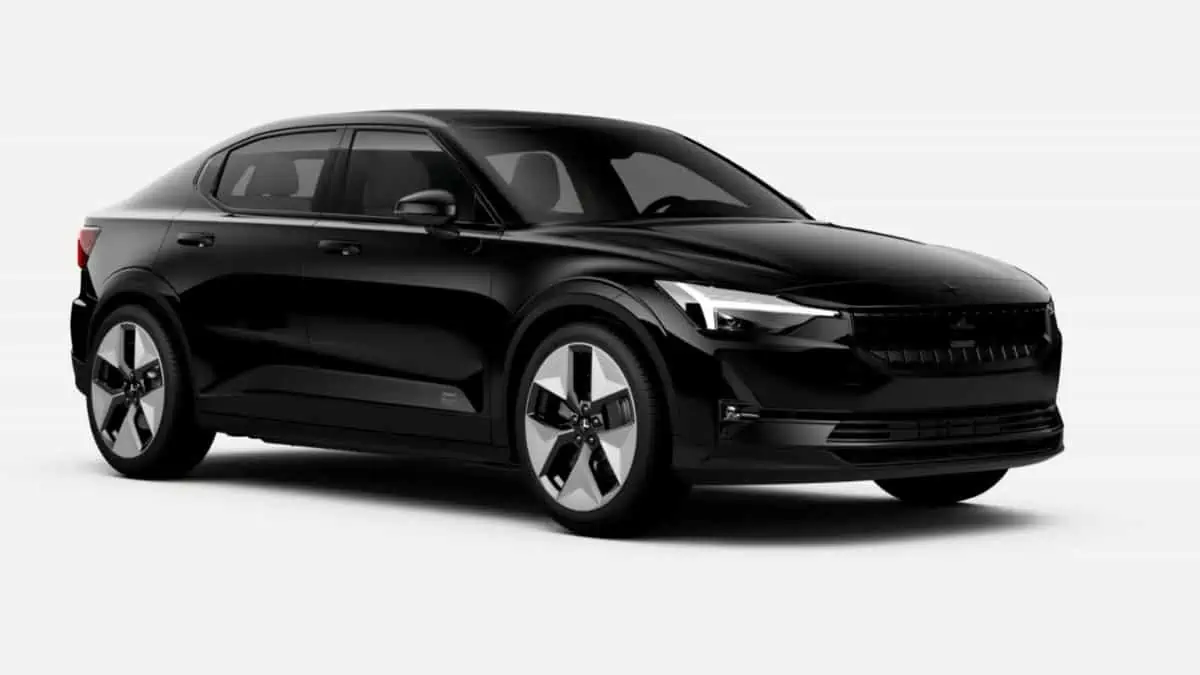In order to provide research and resources to not-for-profit boards across Australia, the Institute of Community Directors Australia (ICDA) was established in 2014. Now, the ICDA has advised the not for profit (NFP) sectors to work with state governments to promote the use of electric vehicles, according to ProBono Australia.
As per a survey by the ICDA, the NFP sector aspires for electric and hybrid vehicles, but the cost, finance, and availability of charging stations are currently impediments to switching to a greener fleet.
A total of 1,406 cars are owned or leased by 57% of its 570 non-profit members. On the other hand, 78% of respondents anticipate leasing or buying a new car during the following three years, while 36% want to do so within the next year, according to the report.
Adele Stowe-Lindner, general manager of IDCA, claims this is a perfect chance.
“As many state governments transition to EV fleets, there may be an opportunity for not for profits to use the power of government’s group buying,” she said.
“Group buying is something that is potentially really powerful.
“The not for profit community is a great place to start because there are a lot of individuals keen to make an impact.
“Some barriers are lifting – we’re seeing more cars come on the market; more cars will have longer range; cars that are not so expensive; the charging network is improving daily and because of that the next few years will be crucial.”
The spotlight report of the “Greening the Not for Profit Sector” surveyed respondents about their fleet size, whether they leased or owned their cars, how long they kept them, and whether they would purchase or already own an electric vehicle (EV).
According to the survey, the top five obstacles to converting fleets to EVs are:
- Cost or financial issues.
- A lack of public infrastructure.
- A lack of awareness.
- A lack of (suitable) vehicles.
- A shortage of charging stations.
The report is released ahead of the group’s upcoming launch of a new website to aid non-profit organizations in switching to solar and electric vehicle technology.
“We are doing the research for the not for profit sector to come up with a list of innovative ways to transition to green power. Grants and subsidies are always a great way to facilitate change and are also always welcome,” Stowe-Lindner said.
She also indicated that non-profit organizations averagely spend $3,700 on gas and $10,000 annually on electricity.
“What we are doing at the moment is creating a list of options to help the Australian not for profit community with resources and research, which is what we do,” she said.
“Our mission is to support the not for profit sector. We know this sector is values-driven and resource poor.
“Climate change is increasingly becoming a key governance issue for not for profits because it is affecting their beneficiaries, their ability to raise funds and in many cases, the conditions they are working in.
“Grants and subsidies are always very welcome. In the meantime, we’d urge not for profit organisations to audit their current vehicle usage, to think about how many kilometres they drive, where their vehicles could be charged, and to assess whether their fleet size is right-sized currently, and to start preparing for next steps.”
Thus, for the not-for-profit sector to help to making transportation more environmentally friendly, working with state governments to promote the use of electric vehicles is a crucial step. The survey’s findings would also assist the NFP sector in developing feasible solutions to the current problems impeding their gradual switch to electrification.






